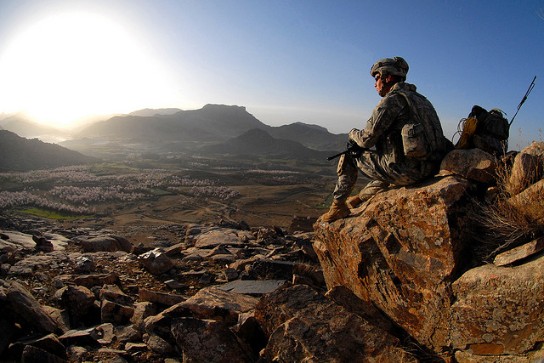 The U.S. Army
The U.S. Army
Central Asia: Five Key Issues
Central Asia has been the intersection between Europe and Asia for over 3000 years. Civilizations from India to the Caspian Sea have risen and fallen. The rugged landscape has been the setting of brutal and destructive warfare as well as for the flow of goods, ideas, and people across Eurasia.
“If you think about where the future is, the countries of Asia and the economies of Asia are going to be the drivers of global growth in the decades to come. And the ability to connect with, to be part of, and partner with these countries and these economies is what’s going to drive prosperity and security globally.” Nisha Desai Biswal, Assistant Secretary, Bureau of South and Central Asian Affairs, State Department.
Central Asia has again become a geopolitical chessboard. The superpowers of today, U.S., Russia, and China, have much at stake in Central Asia. China engages the region in order to tap the vast amount of natural gas. Russia is increasing trade with many countries in Central Asia for military and strategic purposes. The U.S. seeks to bring democracy and stability to Central Asia to prevent the region from becoming a cradle for terrorism.
Central Asia – 5 Critical Issues







[…] Central Asia: Five Key Issues […]
[…] Central Asia: Five Key Issues […]
[…] an already strained region stricken by dissonance and a shifting climate. ASP recently released a report outlining five critical issues that Central Asia currently faces, including climate change and its […]
[…] more, read ASP’s recently released report, “Central Asia: Five Key Issues” outlining five critical issues that Central Asia currently faces, including climate change and […]
[…] Central Asia: Five Key Issues […]